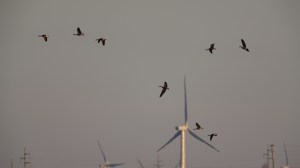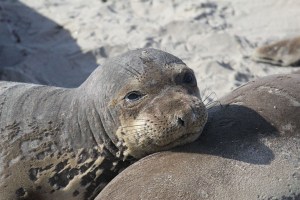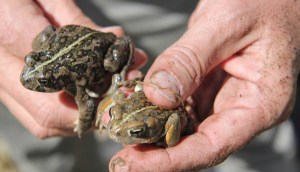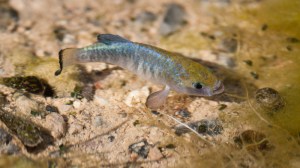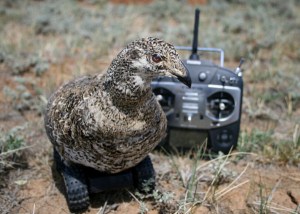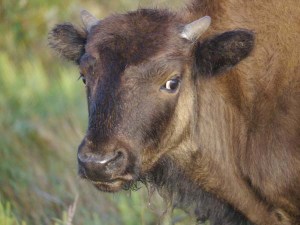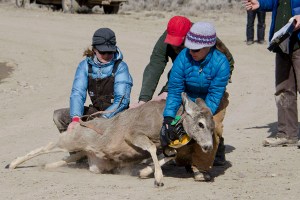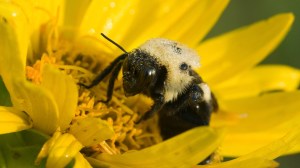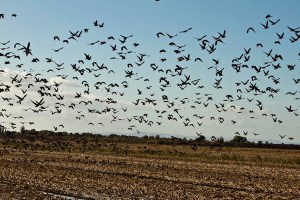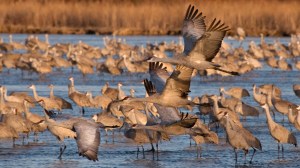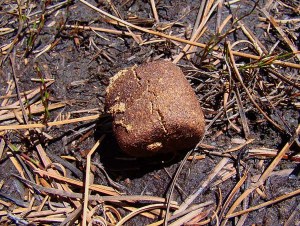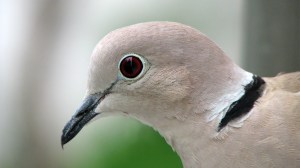Discover stories in Wildlife
Wind Turbines and Birds: What’s the Real Story?
Cats and window collisions kill more birds, but that doesn't mean conservationists should ignore the effects of wind turbines. Blogger David Mehlman takes a look at the science, and finds significant impacts to both birds and bats.
Northern Elephant Seals: A Dramatic Conservation Success
Northern elephant seals were declared extinct, a victim of the blubber trade. Today, you can see thousands on California beaches, and the population continues to grow. The story of a dramatic (and often unheralded) conservation success.
Protecting the Amargosa: From Suspicion to Support for a Desert River
Anti-environmental sentiments in rural Nevada have been in the news a lot lately. Here's a different narrative. In the Mojave Desert of remote Nevada and California, conservationists are part of the community and working to overcome suspicion to protect a vibrant river.
Pupfish: Conserving a Mojave Desert Survivor
Sure, desert pupfish are tough. Hot water temperatures? They thrive in it. Creeks saltier than the ocean? No problem. But now pupfish face a bigger challenge -- people and their need for lots of water.
Grouse Robot: Remote-Controlled Bird Assists Conservation
A grouse robot? You bet. And no, it's not a gimmick. On the sagebrush plains of Wyoming, researchers are deploying the fake birds to study how males react to females -- and helping to protect the species in the process.
Spring’s Top 10 Wildlife Spectacles
Looking for a great wildlife road trip, or just a reason to explore the neighborhood park? Our blogger offers top 10 wildlife experiences for spring, from baby bison to mayfly madness.
Mule Deer Capture: Radio Tracking Provides Critical Conservation Data
Radio tracking provides critical data as conservationists try to map mule deer migrations. But first they have to put a radio collar on the deer. Conservation scientist Holly Copeland joins a team to capture mule deer for conservation.
Plight of the Bumble Bee: Conserving Imperiled Native Pollinators
You've probably heard about the loss of honey bees. But did you know native bumble bees face even more alarming declines? These vital pollinators are disappearing due to pesticides and habitat loss. You can make a difference -- right in your backyard.
Of Drones and Cranes: UAV Technology Aids California Bird Conservation
Sandhill Cranes congregate in great numbers at night, crowded together in flooded fields. How can California conservationists accurately count them. Enter a new tool in bird monitoring: the drone.
Platte River Sandhill Cranes: Enjoying North America’s Greatest Bird Spectacle
Each year, more than 500,000 cranes congregate along 70 miles of Nebraska's Platte River. Want to see one of the world's great wildlife spectacles? Our blogger takes you to the heart of the action.
Marsupial Mystery: Who Poos Cubes?
In Tasmania, blogger Alison Green came across a strange sight: poo cubes, and lots of them. What animal might have left this sign? Join her as she tracks down this fascinating creature.
Eurasian Collared Dove: Have You Seen This Bird?
Thirty years ago, non-native Eurasian collared doves were starting to show up in South Florida. Today, this species is being documented across North America. How citizen scientists help document the spread of a non-native species.
